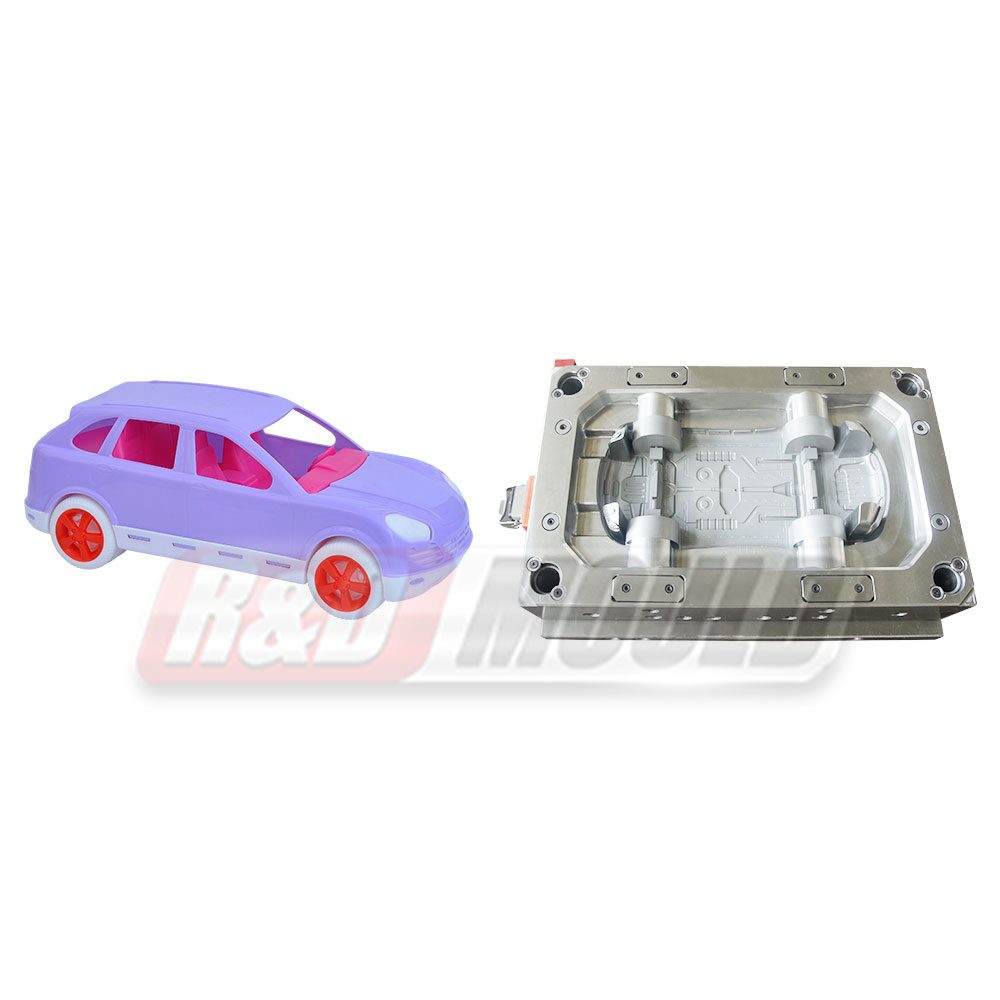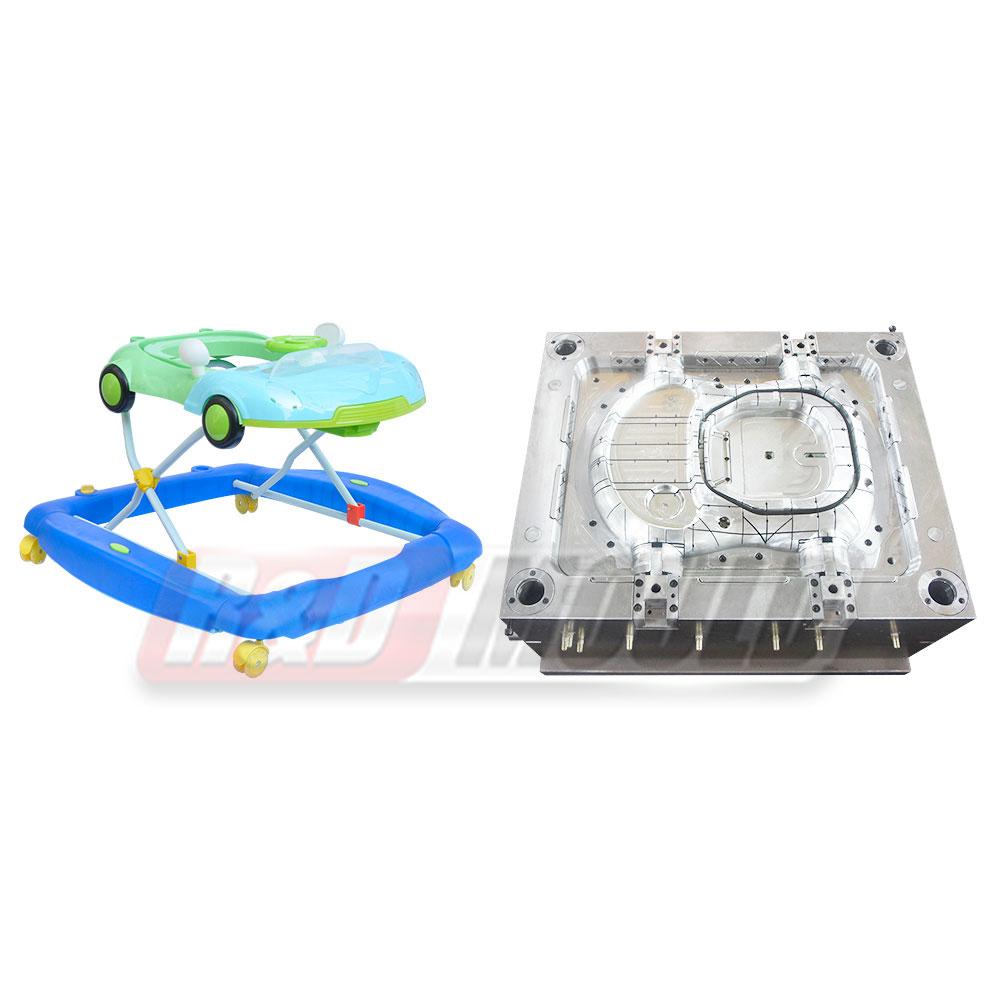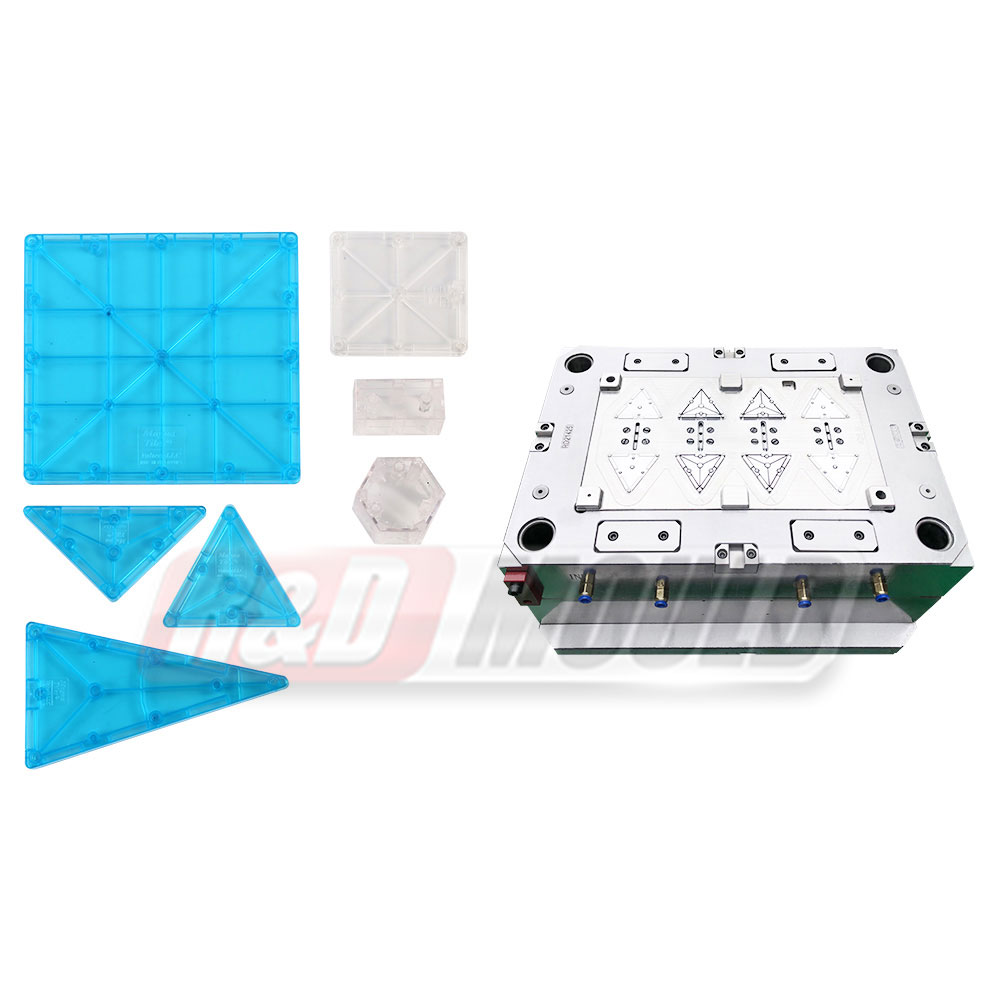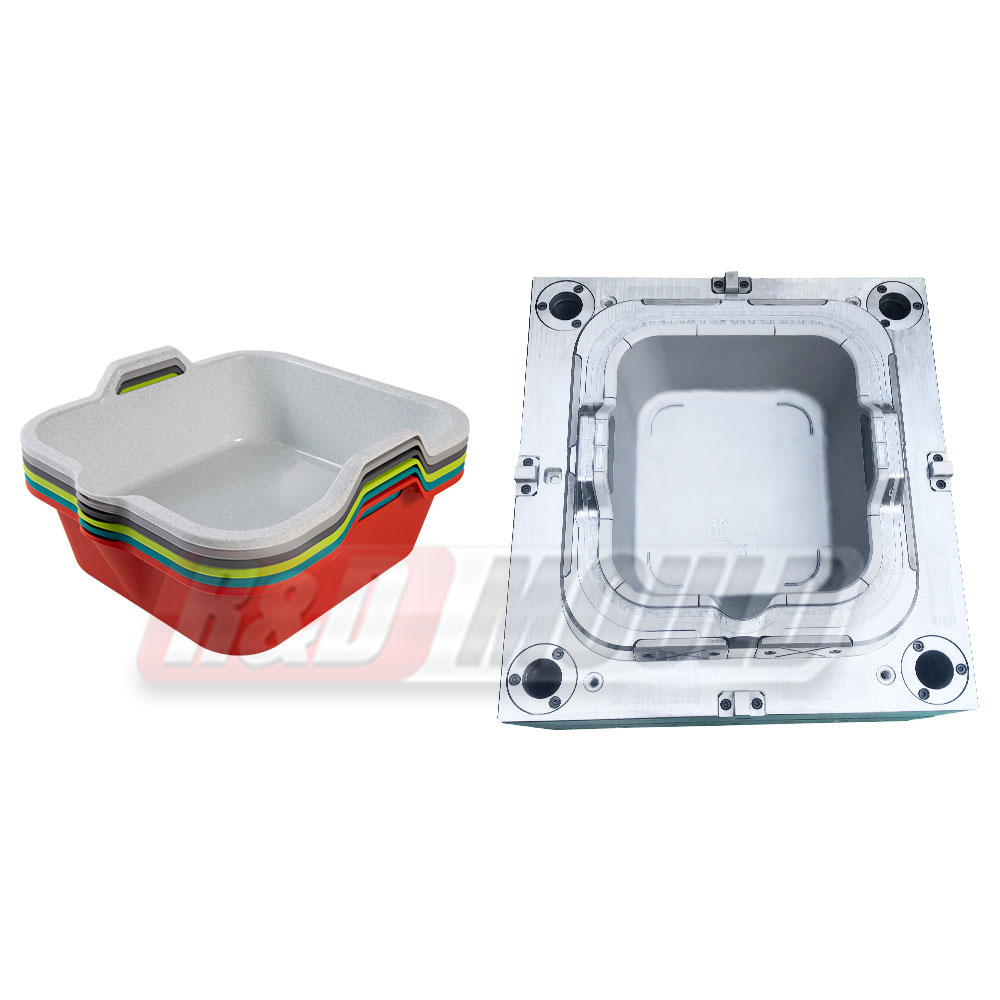Plastic is a very versatile material that can be shaped into almost any shape. It can be molded, cast, rolled, pressed, stamped, and extruded. It can also be used for thermoforming, which involves bending the plastic into the desired shape through heat and pressure. Forming plastics requires less pressure than forming metals and glass, making it an economical choice for many applications.
Injection molding is the most common method of creating plastic containers and other products. It is a very quick and efficient process that allows manufacturers to produce large quantities of products at a low cost. It can be used to make a wide variety of plastic materials, including polystyrene, polyethylene, and polycarbonate. This type of production is particularly well suited for high-volume, high-quality products such as food packaging.
Thermoforming is another popular plastic container manufacturing technique. It can be used to make disposable cups, clamshell containers, and other types of single-use containers. It can also be used to make insulating and storing boxes. However, it is not suitable for containers that require rigidity. It is also not a good choice for making large, complex products, such as car bumpers and electrical housings.
Other popular plastic Food Container Mould methods include blow molding, rotational molding, and compression molding. Each of these processes is a different way to create plastic products, but they all involve heating the plastic resin until it reaches its melting point. After the plastic has melted, it is placed into a mold to take on its final shape. It is then cooled and hardened into a permanent product.
Plastic containers can be molded into a variety of shapes and sizes, which makes them very useful for holding food items. These containers are easily portable and are frequently used in restaurants, schools, and offices. They are also great for storing food at home, and they can be cleaned quickly and easily.
Most plastic containers have a number embossed on the bottom to identify the type of polymer that was used in the container. This system makes it easy to segregate plastics for recycling. This method of identification can help reduce the amount of waste that is sent to landfills and incinerators.
When it comes to a plastic container that has already developed mold, there is usually no need to throw it away. It can generally be cleaned and reused, though it is best to use a paper towel or disposable rag when cleaning it. This prevents mold spores from spreading to other parts of your house or reentering the food that you store in the container.
However, if the mold on your plastic container has nooks and crannies, it is probably best to discard it. Mold spores can hide in these cracks, and it is impossible to know whether you have removed all of the spores when you clean your storage container. This is especially true if the container has been stored in a damp area.






 English
English عربى
عربى Español
Español Français
Français








